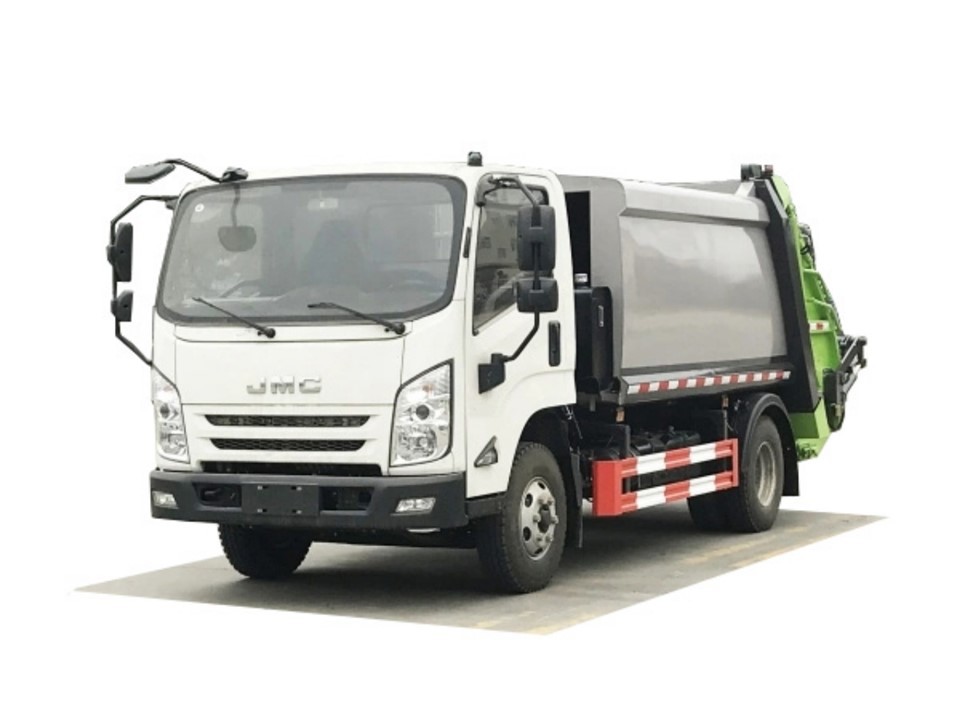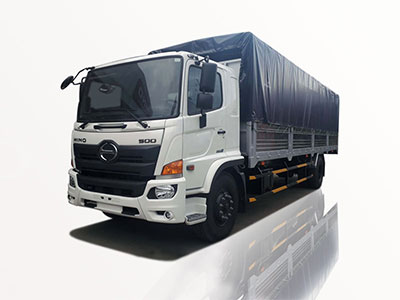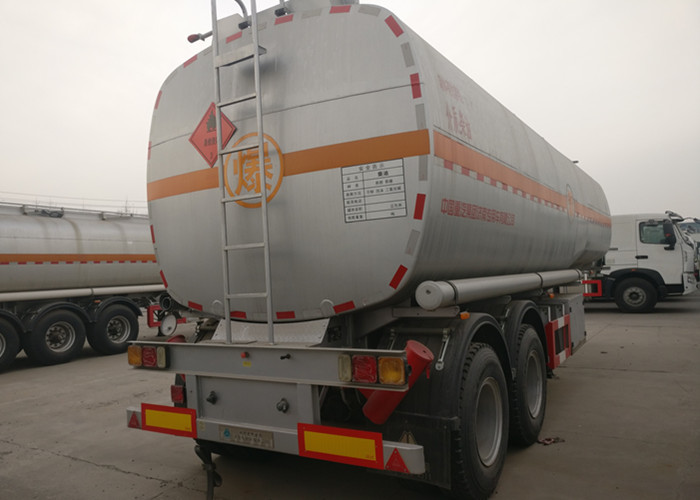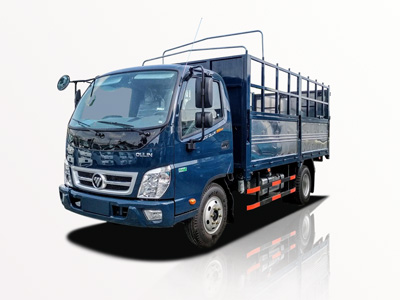Garbage can trucks play a vital role in waste management and sanitation services across cities and towns. These vehicles have a unique design that enables them to collect, transport, and dispose of waste efficiently. In this article, we will explore the different types of garbage can trucks, their components, maintenance tips, environmental impact, and much more.
Table of Contents
- What is a Garbage Can Truck?
- Types of Garbage Can Trucks
- Components of a Garbage Can Truck
- How Garbage Can Trucks Work
- Maintenance Tips for Garbage Can Trucks
- Environmental Impact
- Choosing the Right Garbage Can Truck
- The Future of Garbage Can Trucks
- Frequently Asked Questions
What is a Garbage Can Truck?
A garbage can truck, often referred to as a garbage truck or waste collection vehicle, is specifically designed for collecting waste from homes, businesses, and public spaces. These trucks are equipped with hydraulic systems that allow them to lift and empty large containers and bins. Typically, garbage can trucks transport waste to landfills, recycling centers, or waste processing plants.
Types of Garbage Can Trucks
There are various types of garbage can trucks designed to suit different waste collection needs:
1. Rear Loader Garbage Trucks
These trucks feature a loading area at the back, allowing workers to collect waste manually. They are ideal for residential areas with street parking and limited space.
2. Front Loader Garbage Trucks
Front loader trucks are equipped with large forks at the front, designed to lift and empty commercial dumpsters. These trucks are commonly used for business waste collection.
3. Side Loader Garbage Trucks
Side loaders have the capability to collect waste from the side of the truck, minimizing the need for workers to get out. This type is effective for urban areas and reduces collection time.
4. Automated Garbage Trucks
Automated trucks use robotic arms to lift and empty containers, allowing for safer and more efficient waste collection. These trucks are becoming increasingly popular for their efficiency and lower labor costs.
5. Compacting Garbage Trucks
These trucks feature a compaction system that compresses waste, allowing for more efficient transport. Compaction reduces the volume of waste, enabling trucks to carry more material.
Components of a Garbage Can Truck
A garbage can truck is made up of several key components:
| Component | Description |
|---|---|
| Chassis | The base frame that supports the entire vehicle. |
| Loading Mechanism | Hydraulic or mechanical system used to lift and dump containers. |
| Compaction System | Presses waste to reduce volume for efficient transport. |
| Cabs | Where the driver sits, typically features controls for all operations. |
| Storage Compartment | The area where collected waste is stored before it is transported. |
How Garbage Can Trucks Work
Understanding how garbage can trucks operate involves familiarizing yourself with their collection method:
1. Waste Collection
The truck arrives at designated collection points, often signaled by a GPS system or mapped route. Depending on the type of truck, workers may manually collect waste or the truck may use automated mechanisms.
2. Loading Waste
Once at a collection point, the truck either lifts the garbage bin using its hydraulic system or the workers manually dump the waste into the truck. Some modern trucks use robotic systems for this process.
3. Compaction
After loading, the compaction system compresses the waste, making room for more material. This step is crucial in reducing the frequency of trips to disposal sites.
4. Transport
The truck then proceeds to transport the waste to a landfill or recycling facility, following designated routes to optimize efficiency.
Maintenance Tips for Garbage Can Trucks
Regular maintenance of garbage can trucks is essential for their longevity and efficiency. Here are some practical tips:
1. Regular Inspections
Schedule routine inspections to identify potential issues, including brakes, lights, tires, and hydraulic systems.
2. Keep It Clean
Regularly clean the truck and ensure that waste does not accumulate within the storage compartment as it can cause odors and pest problems.
3. Check Fluid Levels
Regularly monitor and refill engine oil, hydraulic fluid, and coolant to keep the vehicle running smoothly.
4. Tire Maintenance
Check tire pressure and tread regularly to ensure safe travel and performance.
Environmental Impact
Garbage can trucks play a crucial role in waste management and environmental conservation:
1. Reducing Landfill Waste
By efficiently collecting and transporting waste, garbage can trucks minimize the time waste spends in landfills.
2. Promoting Recycling
Many garbage can trucks are designed to separate recyclables from non-recyclables, ensuring that more materials are recycled instead of ending up in landfills.
3. Lowering Carbon Emissions
Technological advancements, such as electric garbage trucks, help reduce greenhouse gas emissions associated with waste collection operations.
Choosing the Right Garbage Can Truck
Selecting the appropriate garbage can truck involves considering several factors:
1. Type of Waste
Make sure to choose a truck suitable for the type of waste you will be handling—residential, commercial, or recyclable materials.
2. Capacity Needs
Assess the volume of waste accumulated in your area to determine the capacity required for efficient operations.
3. Route Planning
User-friendly GPS and route management systems can enhance efficiency during collection, helping to decide on the type of truck needed.
4. Budget Considerations
Consider the overall costs, including acquisition, maintenance, and operational costs. Balance your needs against your budget to make the best choice.
The Future of Garbage Can Trucks
The waste collection industry is evolving with technology driving changes in the design and functionality of garbage can trucks:
1. Automation
With the rise of automation, we can expect more robotic systems for waste collection, improving safety and efficiency.
2. Eco-friendly Vehicles
Electric and hybrid garbage can trucks will continue to grow in popularity, contributing to lower emissions and better fuel efficiency.
3. Smart Waste Management
Technologies like IoT (Internet of Things) can help optimize waste collection routes and schedules based on real-time data.
Frequently Asked Questions
1. What is the average lifespan of a garbage truck?
The average lifespan of a garbage truck ranges from 10 to 15 years, depending on maintenance, usage, and the environment in which it operates.
2. How often do garbage trucks collect waste?
Collection frequency can vary based on the area. In urban areas, trucks may collect waste daily or weekly, while rural areas may have less frequent collections.
3. What happens to the waste collected by garbage trucks?
Collected waste is typically taken to landfills, recycling facilities, or incineration plants for further processing and disposal.
4. Can garbage trucks recycle?
Yes, many garbage trucks are designed to separate recyclable materials from non-recyclables during collection to promote recycling efforts.
5. Are garbage trucks environmentally friendly?
Newer technologies, such as electric and hybrid trucks, are making garbage trucks more environmentally friendly by reducing emissions associated with waste collection.
6. How can I report a missed garbage collection?
If a garbage collection is missed, residents should contact their local waste management service either through a phone call or using their website, where most municipalities provide options for reporting issues.






